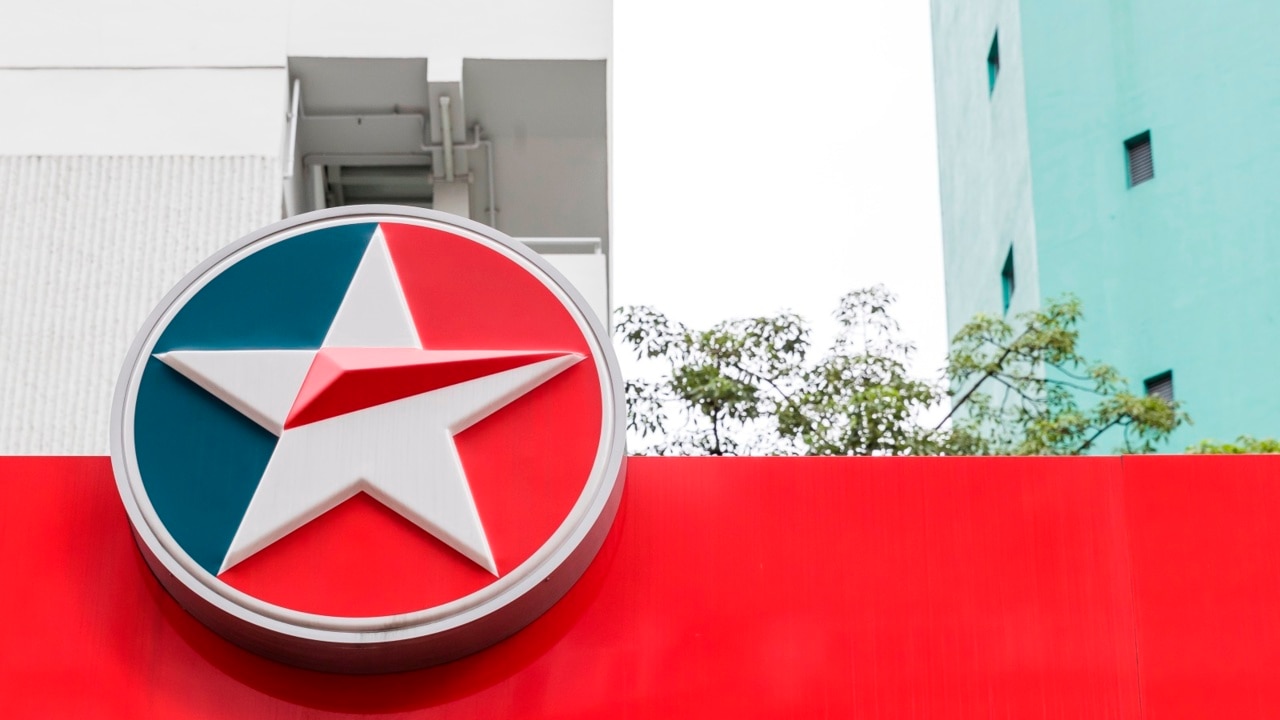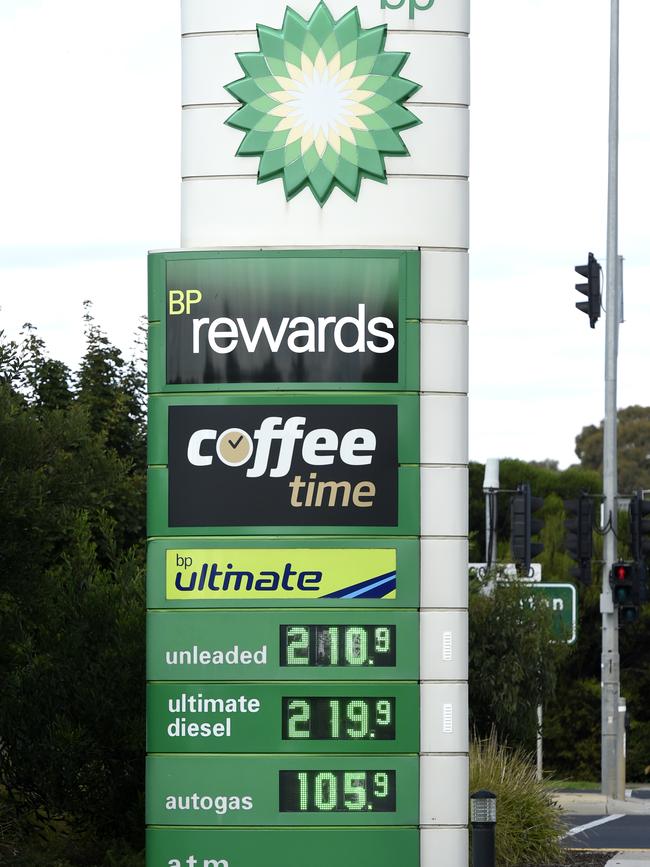Ukraine war means ‘lower growth and higher inflation’, says RBA
The Reserve Bank has preached ‘patience’ on rates despite surging consumer prices as the world deals with lower growth.

The Reserve Bank says the “supply shock” associated with the Russian invasion of Ukraine has triggered a spike in fuel costs that will lead to “lower growth and higher inflation” around the world, as the central bank urges “patience” on interest rates despite surging consumer prices.
The warning came as the national employers association cautioned against a big-spending federal budget on March 29, saying it would have little impact on an economy already awash with cash following two years of massive support through the pandemic and could exacerbate inflationary pressures.
In newly released minutes from the RBA’s March 1 board meeting, at which the cash rate was held at its record low of 0.1 per cent, members said “the economic implications of the war depended on the scale and duration of the conflict and the nature of any second-round effects”.
RBA governor Philip Lowe has flagged surging global oil prices will cause inflation to “spike” higher, and economists now anticipate that headline consumer price growth will accelerate to a 14-year high of 5 per cent, from 3.5 per cent, over coming months as record petrol prices and severe flooding on the east coast feed through to higher food prices.
Josh Frydenberg on Friday will reveal the government’s updated fiscal strategy leading up to the March 29 budget. Ahead of this key address, Australian Chamber of Commerce and Industry chief executive Andrew McKellar urged budget restraint, saying fiscal stimulus risked pushing inflation – and interest rates – higher than otherwise, and called for more to be done to ease “pressure points” in supply chains and the supply of labour.
“I think we’re at the point where further stimulus is going to struggle to have an impact,” Mr McKellar said.
“At the moment the pressure points are on the supply side, and when you have a supply-constrained economy, if you try to pump more demand into that, what you are going to get is inflation and then higher interest rates – and that is what we want to avoid. You’ve got to get the balance right. It’s all about focusing on alleviating those supply side constraints,” he said.
Amid intensifying global supply chain issues brought about by the Russian invasion of Ukraine – and ahead of the recent lockdown of the Chinese industrial powerhouse city of Shenzhen – the RBA board noted that “non-labour input cost pressures remained widespread across industries, but were most acute for goods-importing industries”.

The RBA’s business liaison program “suggested that firms were increasingly prepared to pass these higher costs on to their customers, particularly in the construction, manufacturing and retail industries where upstream cost pressures had been most acute,” the minutes read.
“High international shipping rates had remained a source of cost pressure for firms across many industries. Members agreed that a key issue for the inflation outlook was whether recent price adjustments represented a one-off shift in the level of prices or the beginning of a period of ongoing price increases.”
Board members – which for the final time included deputy governor Guy Debelle, who resigned last week – recognised that “inflation in Australia had picked up, but was still lower than in many other countries”.
“In year-ended terms, underlying inflation was expected to increase further over coming quarters before moderating as supply problems are resolved,” the minutes read.
“However, the war in Ukraine and the associated increase in energy prices had created additional uncertainty about the inflation outlook. Members noted headline inflation would increase by more than underlying inflation in the near term because of the effect of global developments on petrol prices.
“While inflation had picked up, members agreed it was too early to conclude that it was sustainably within the target band.”
The prospect of higher borrowing costs and pain at the petrol pump has dented consumer confidence, with Westpac’s monthly survey showing more pessimists than optimists for the first time since 2020.
The board minutes reaffirmed the bank’s determination “to be patient as it monitors how the various factors affecting inflation in Australia evolve”.
There is a growing consensus that the RBA will be forced to lift rates from June, with August the most likely month. But the RBA board remained focused on a pick-up in wages growth as a necessary precondition for a “sustainable” lift back into the 2-3 per cent target band.







To join the conversation, please log in. Don't have an account? Register
Join the conversation, you are commenting as Logout